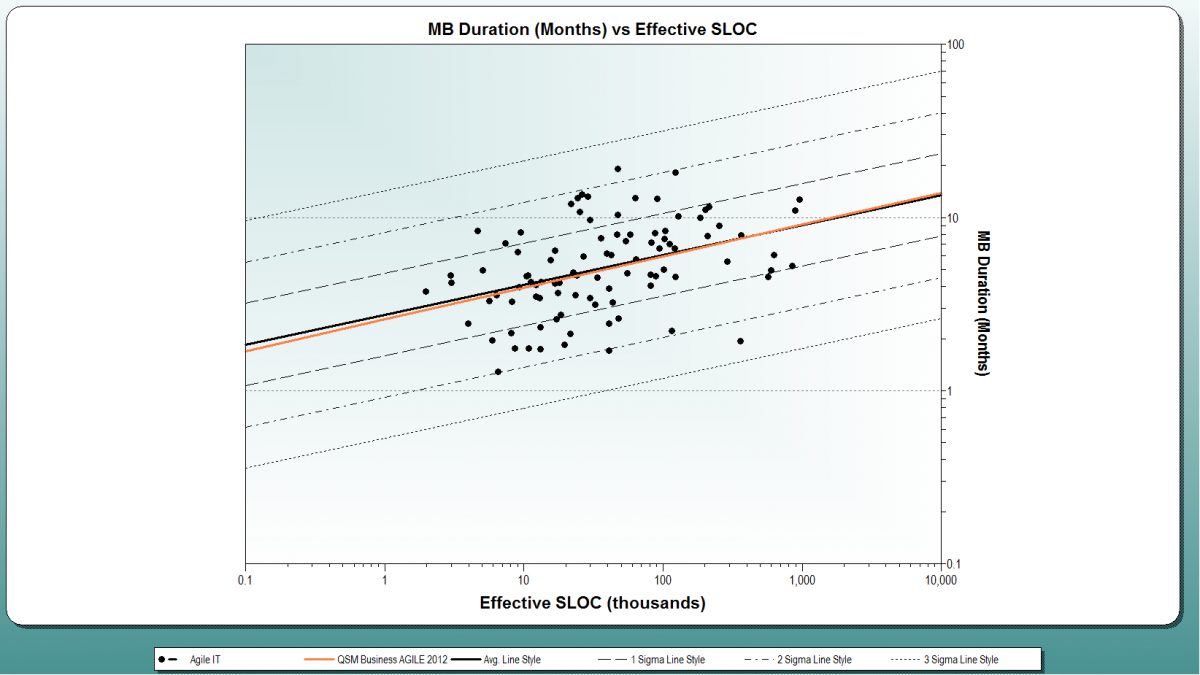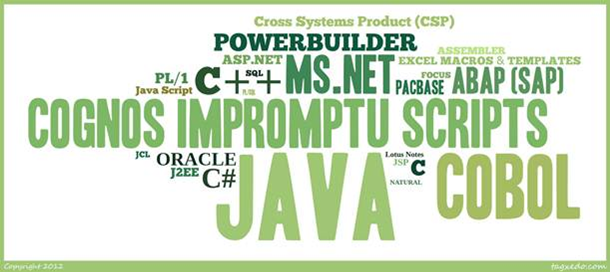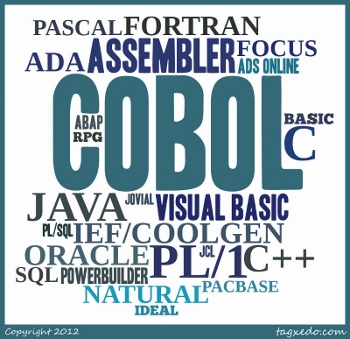The QSM Database is the cornerstone of our tools and services, so our clients and prospects often ask for more information regarding the data and types of projects represented. This blog post addresses some frequently asked questions about the QSM Database.
Sources of Data
Since 1978, QSM has collected completed project data from licensed SLIM-Suite® users and trained QSM consulting staff. Consulting data is also collected by permission during productivity assessment, benchmark, software estimation, project audit, and cost-to-complete engagements. Many projects in our database are subject to non-disclosure agreements but regardless of whether formal agreements are in place, it is our policy to guard the confidentiality and identity of clients who contribute project data. For this reason, QSM releases industry data in summary form to preclude identification of individual projects/companies or disclosure of sensitive business information.
Data Metrics
Our basic metric set focuses on size, time, effort, and defects (SEI Core Metrics) for the Feasibility, Requirements/Design, Code/Test, and Maintenance phases. These core measurements are supplemented by nearly 300 other quantitative and qualitative metrics. Approximately 98% of our projects have time and effort data for the Code and Test phase and 70% have time/effort data for both the R&D and C&T phases.
Productivity is captured via the following metrics:
QSM Productivity Index (PI)
Cost per SLOC or Function Point
SLOC or Function Points per month
SLOC or Function Points per Effort Unit (Months, Hours, Days, Weeks, Years)
Quality data is captured via the following metrics:



